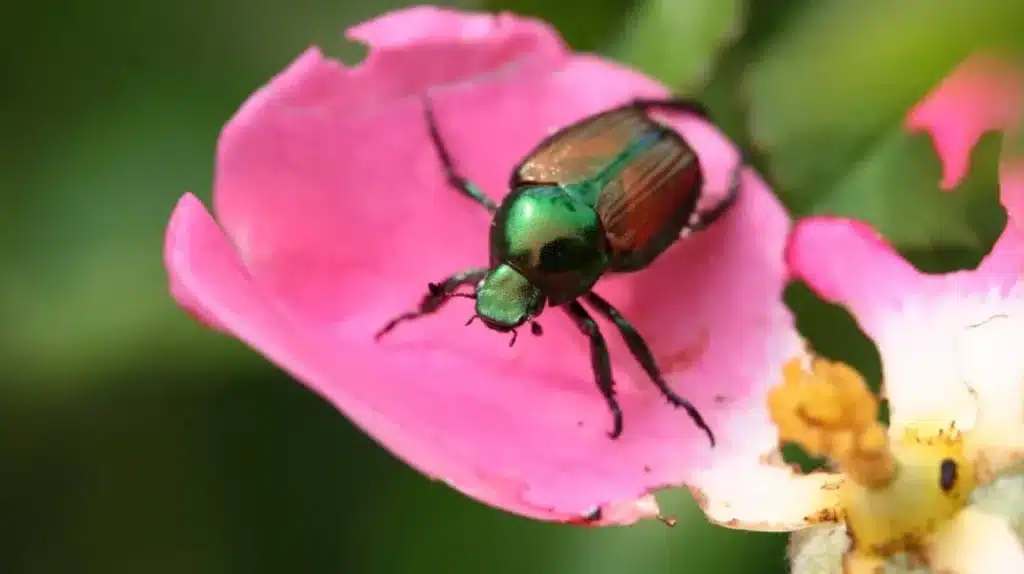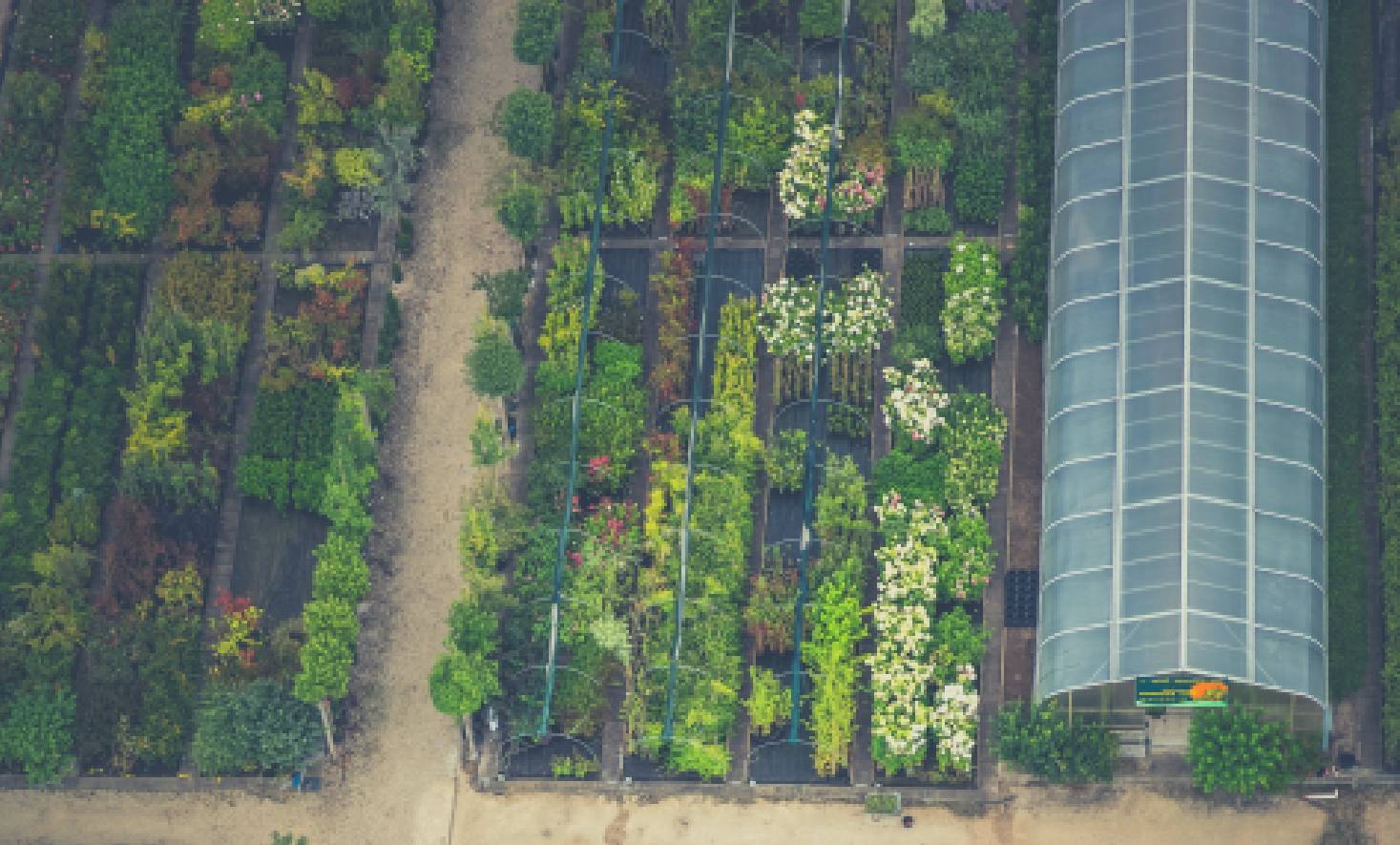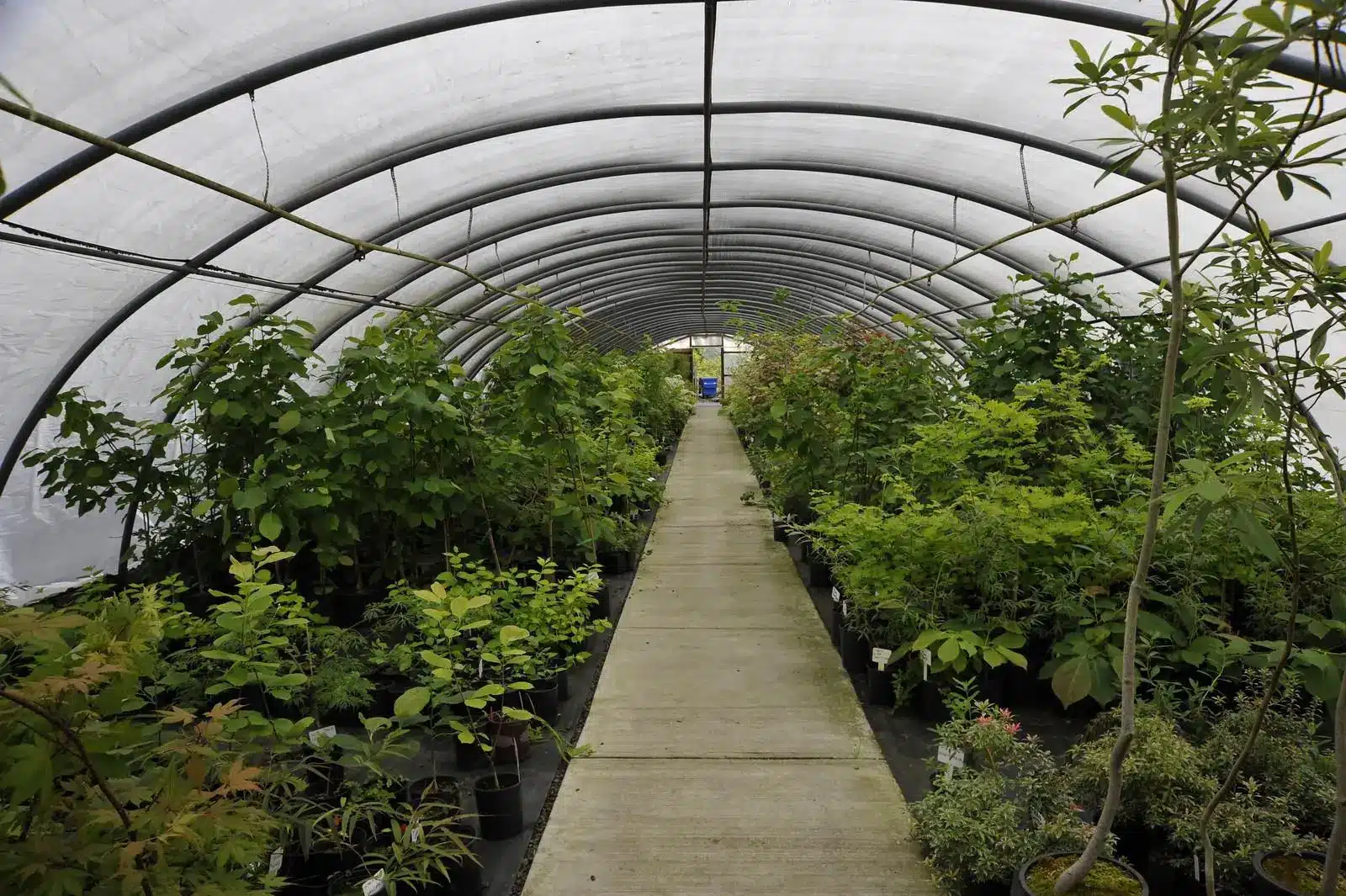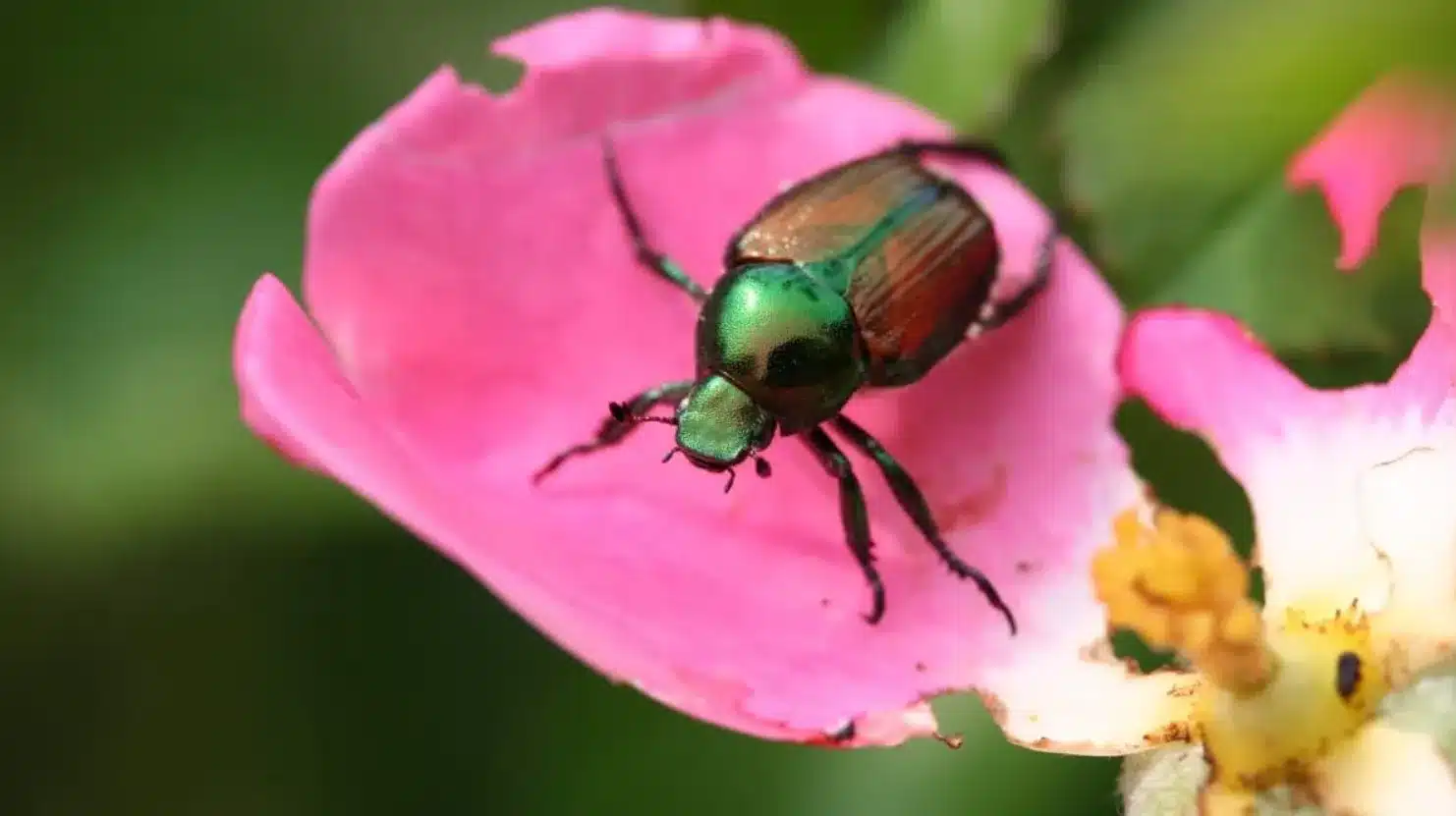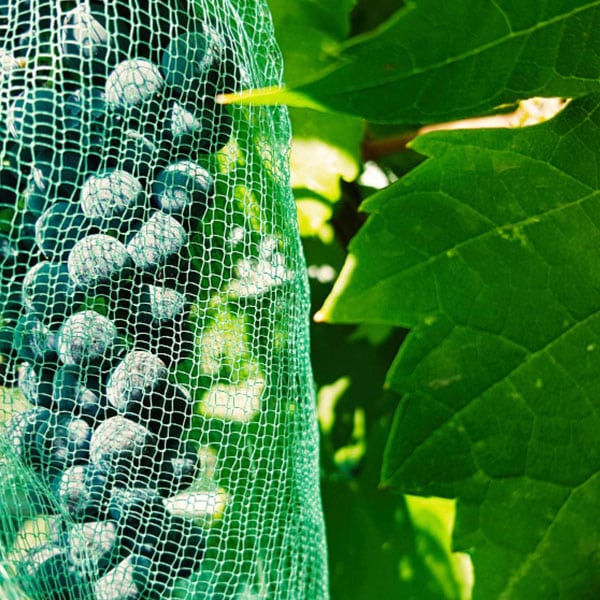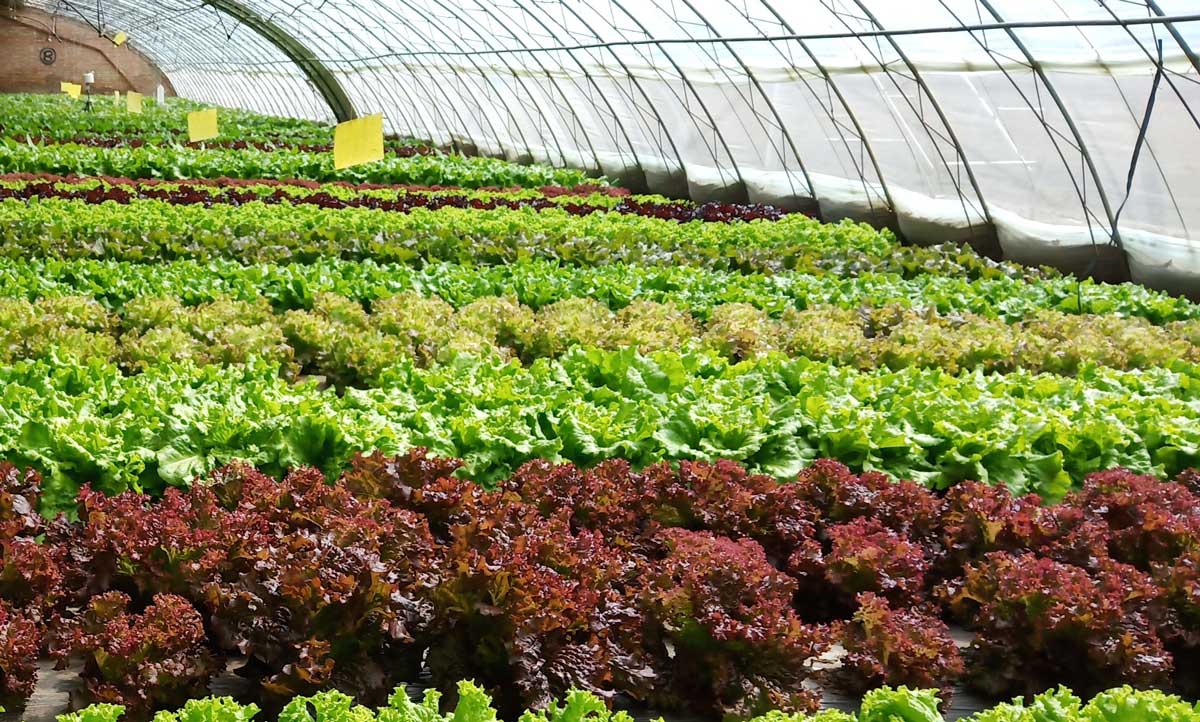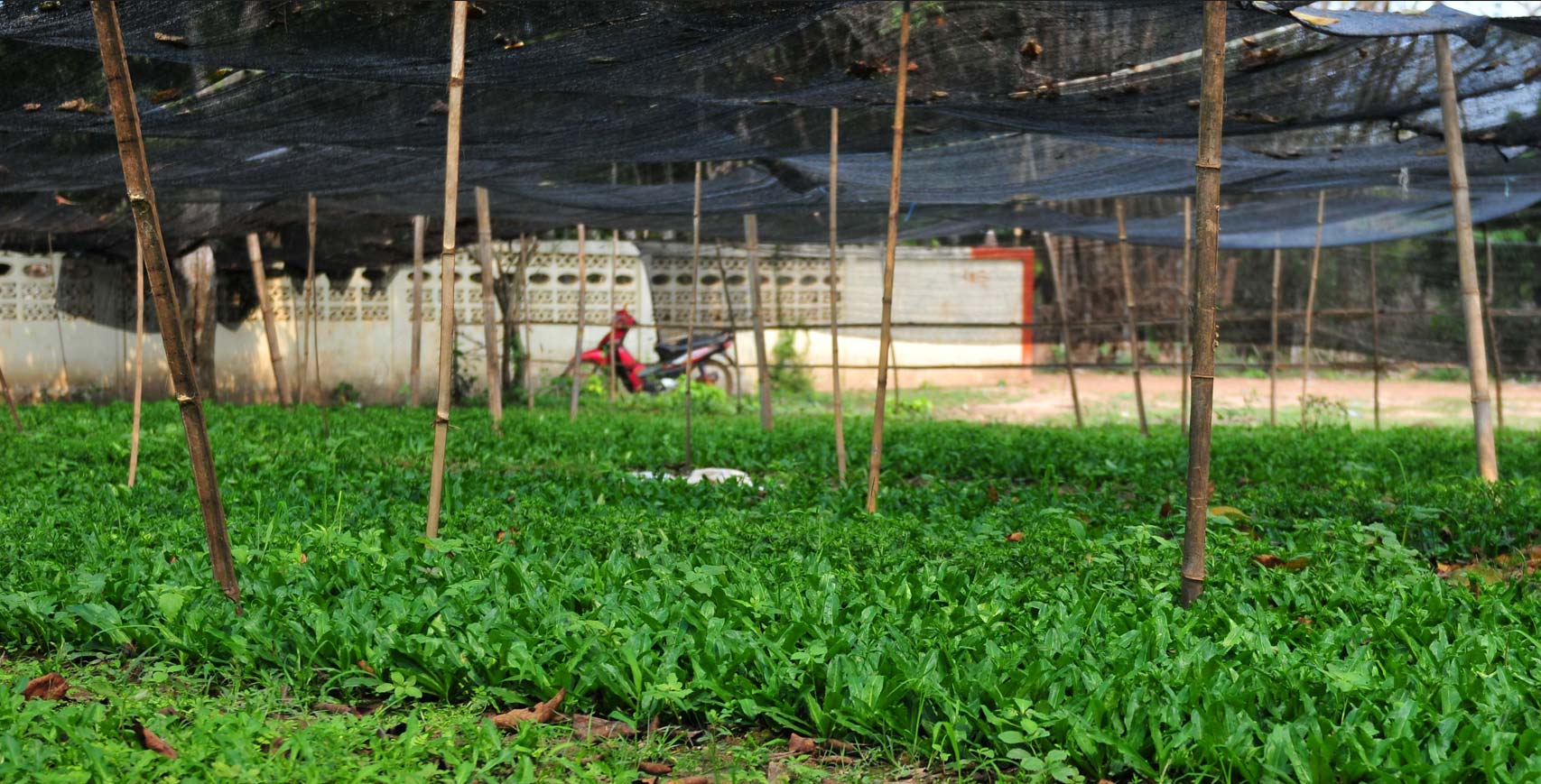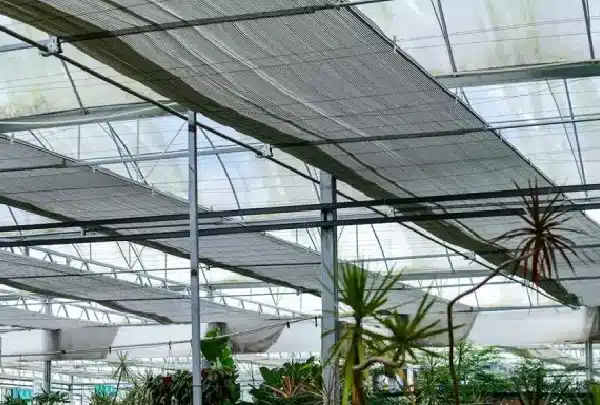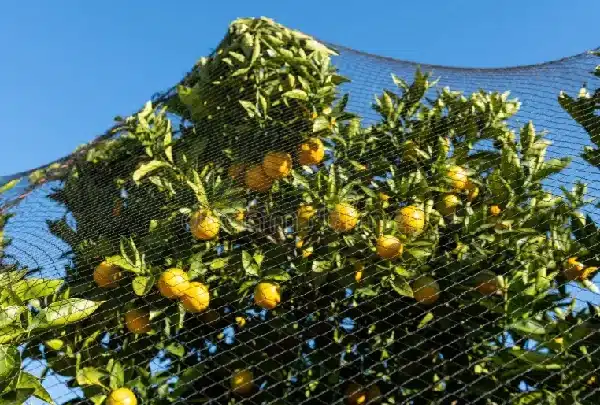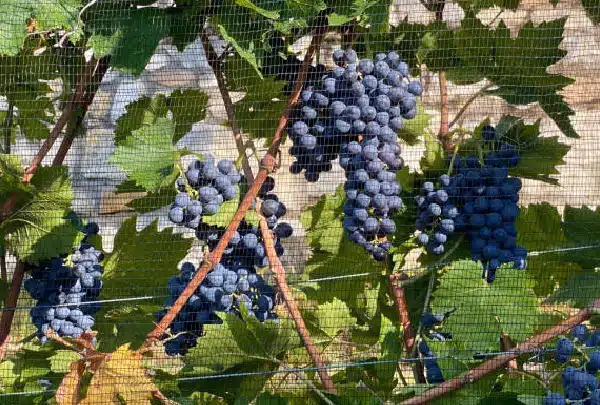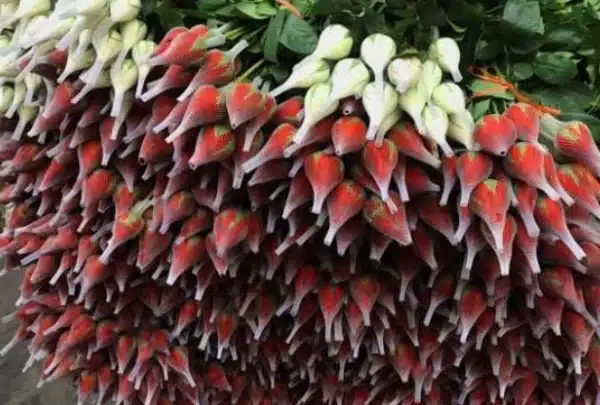Gardening requires significant effort, yet for dedicated gardeners, the reward is well worth it, especially when witnessing a tiny bud transform into fully bloomed roses. However, to truly enjoy the fruits of your labor, understanding the key factors that contribute to your flowers’ optimal growth is essential.
Beyond knowing the basic needs of your plants, recognizing potential damage from insects is crucial. Identifying common leaf-eating bugs is the first step in effectively protecting your rose leaves. Awareness of these potential threats enables proactive measures, ensuring that your roses remain stunning and free from pests.
How to Identify Rose-Eating Insects?
According to information from Clemson University, there are over 10 different kinds of bugs that can harm rose leaves. Each bug causes different problems. For example, aphids can make the leaves look weird and twisted, beetles chew up the leaves so you can only see the veins, and thrips might turn the petals into different colors or make them wilt.
Also, these bugs show up and hurt your lovely rose leaves at different times. Like, Japanese beetles are busy during the day in the summer, but mites are more active when it’s really hot and dry or when it’s cooler.
1. Rose Chafers
Considered to be one of the villains in rose gardens, rose chafers target flowers, fruits, shrubs, and even trees. It is mainly tan, measures ½ to ⅓ inch long, and has long and spiky legs that cause extensive damage.
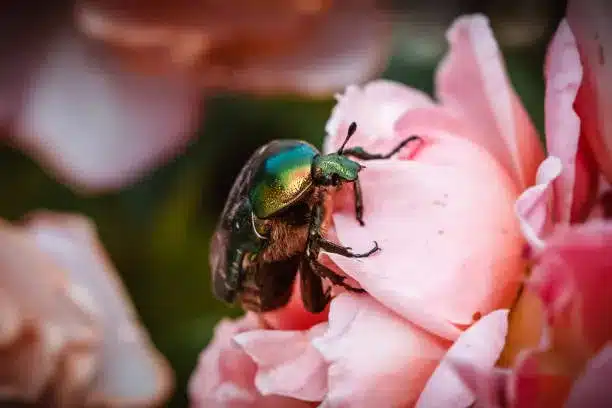
This insect is mainly found in sandy areas, but because it is a flyer, it can easily transfer from one place to another, making it difficult to control the moment it infects your garden. Rose chafer feeds on leaves, resulting in what is called skeletonizing because it consumes the leaf tissues between the large veins, thus leaving a skeleton-like appearance.
2. Aphids
If you notice your plant becoming sticky or you see small pink or green insects clustering on the foliage, then you are most likely dealing with aphids. Also known as greenflies, aphids are sap-sucking insects, but they can also attack the leaves and stems of your plant. Roses affected by aphids have deformed flowers and wilted shoots. If left untreated, it can lead to the defoliation of your plant.
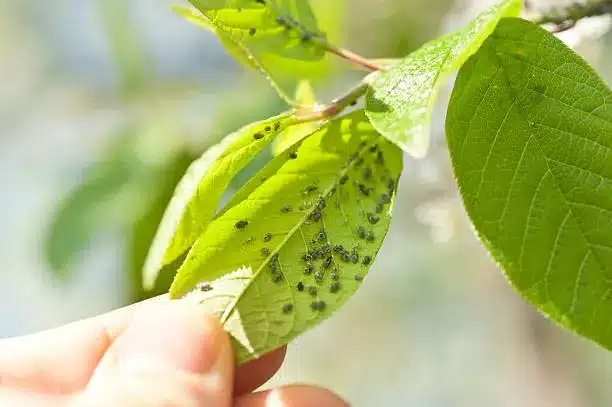
The problem with aphids is that it rapidly multiplies even without mating. You will just be surprised how a healthy-looking rose suddenly loses its beauty because of these aphids.
3. Japanese Beetles
The Japanese beetle is another insect that might invade your rose garden, especially during summertime. Just like with rose chafers, Japanese beetles can also make your plant’s leaves look like skeletons. Don’t let the beautiful appearance of these beetles fool you because they are very destructive the moment they invade your area.
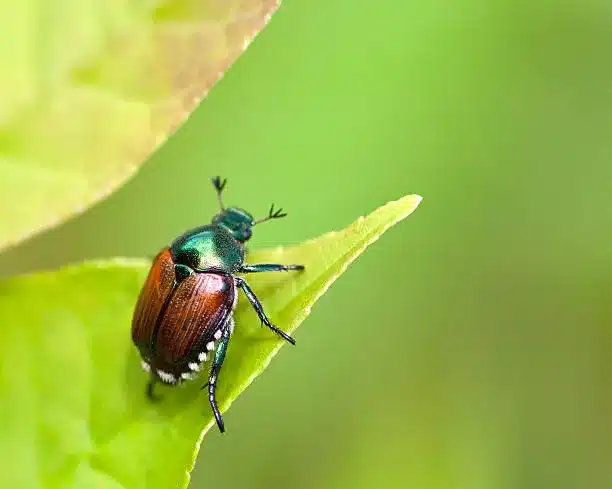
4. Thrips
Another insect that poses a danger to your roses is thrips. Thrips cause distinctive damage to your plant’s leaves by leaving brown scars along the veins, buds, fruit casing, or calyx. This insect grows to about 2 millimetres long and has a flat, elongated body with 4 feathery wings.
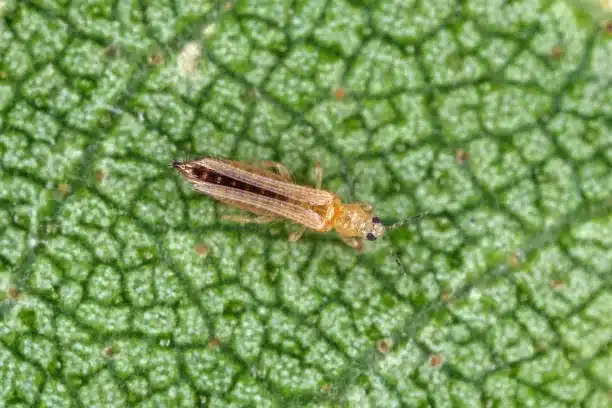
9 Organic Methods to Prevent Insects from Eating Rose
To keep your roses safe from bugs, you have a few options. You can physically remove the bugs, use special soaps or oils made for plants, or use chemical bug sprays. It’s key to choose a method that works best for the kind of bug you have and the time they are most active.
Next, we’ll look at some organic, or natural, ways to stop bugs from bothering your roses. These methods are good for the environment and are also simple to use.
1. Routine Visual Check
As you water your plants, visually inspect the top and even the back part of the rose leaves. Also, check new growths to see if there is anything unusual. Early detection is vital so you can address the problem before it causes serious damage to the plant.
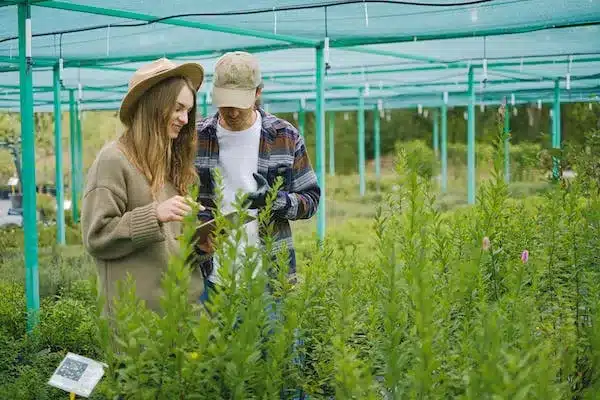
2. Insect Netting
Insect netting, light yet durable, provides an effective shield against various pests, especially larger flying insects like Japanese beetles that prey on rose leaves. The netting’s design ensures ample air circulation and light penetration, which is essential for the roses’ healthy growth.
Don’t Miss: How to Choose Insect Netting for Garden Plants
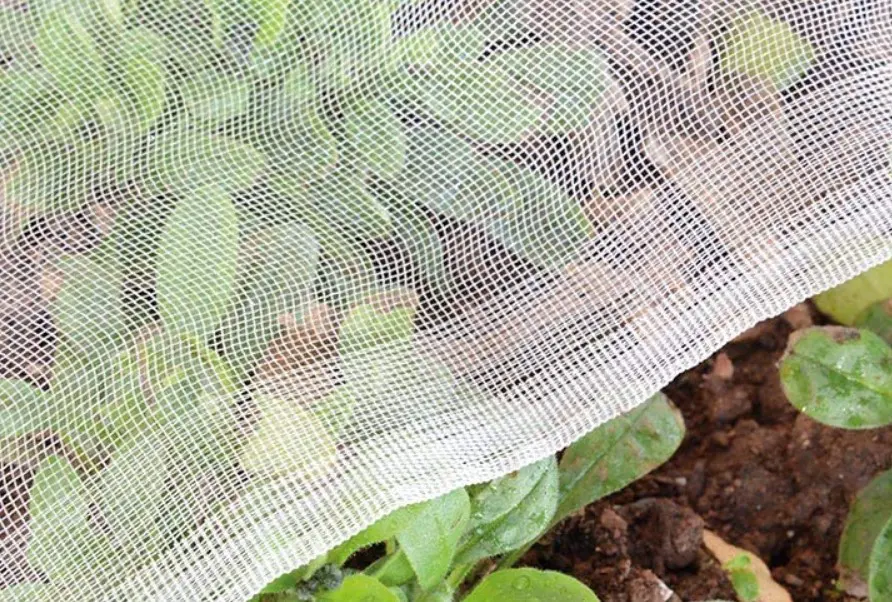
For gardeners aiming to minimize the use of chemical pesticides, selecting insect netting with a mesh size of 20 to 60 mesh can be a strategic choice. This size range is ideal for keeping common rose garden pests at bay, thus preventing them from making contact with your plants from the outset.
3. Spray Water
Water plus a little force can dislodge pests. Ensure that the water has enough force to knock off the insect, but not too much because it can cause damage to the plant. Spraying during the early hours is ideal so the foliage has enough time to dry out, preventing fungal diseases.
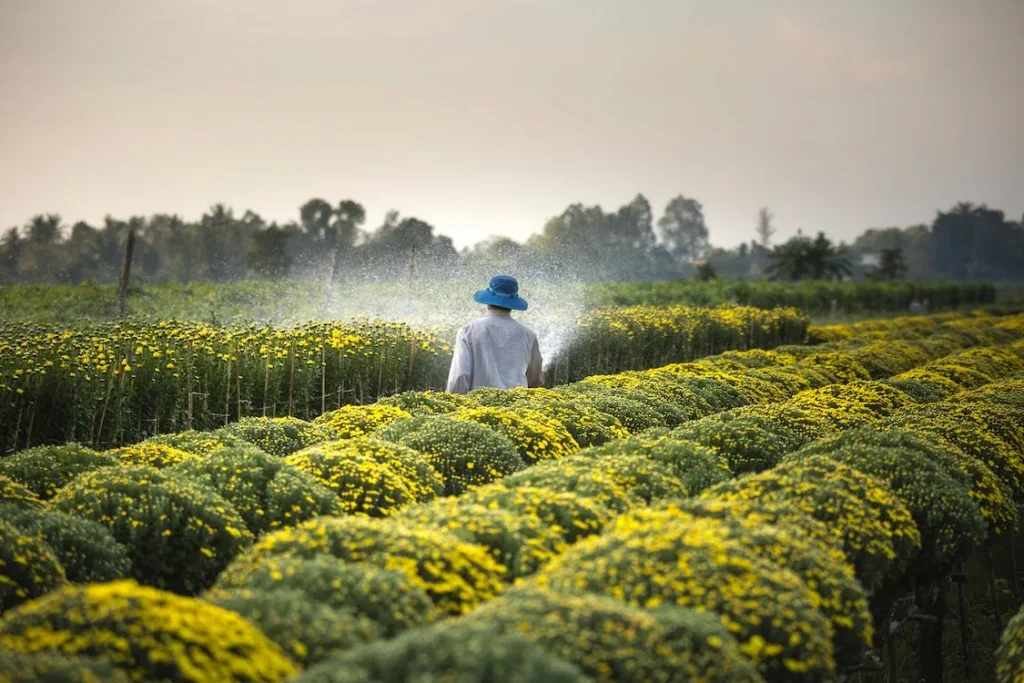
4. Water and Soap
Sometimes, spraying water to remove insects is not enough. Add soap to the water and spray it all over your plant to level up this approach. Mix 1 tablespoon of mild soap with 1 quart of water. This method effectively kills small insects such as aphids because the fatty acid in soap suffocates small insects.
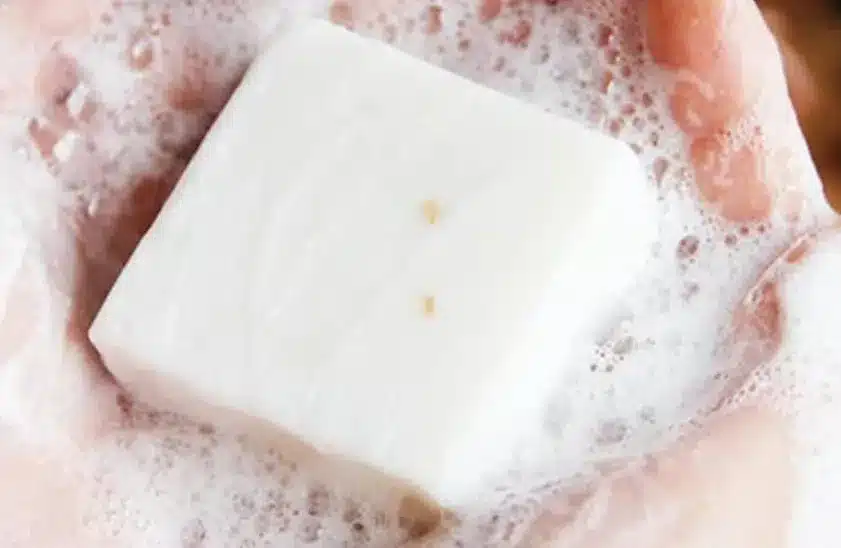
5. Neem Oil
For over 100 years, gardeners all over the world have been using neem oil to get rid of not only insects but fungi as well. This naturally occurring pesticide is found in the seeds of a neem plant. Mix neem oil with water and soap to make an effective insect spray.
It is best to spray the solution on the foliage of your rose plants early in the morning or evening. Never use it when the sun is up because the heat can burn the plant’s leaves.
6. Hot Pepper
To create an effective insect-repelling solution, combine 1 quart of water, ½ teaspoon of dish soap, and 1 teaspoon of pepper powder. This concoction serves as a potent deterrent for unwanted pests in your garden. However, it’s crucial to prioritize your safety during both the preparation and application processes.
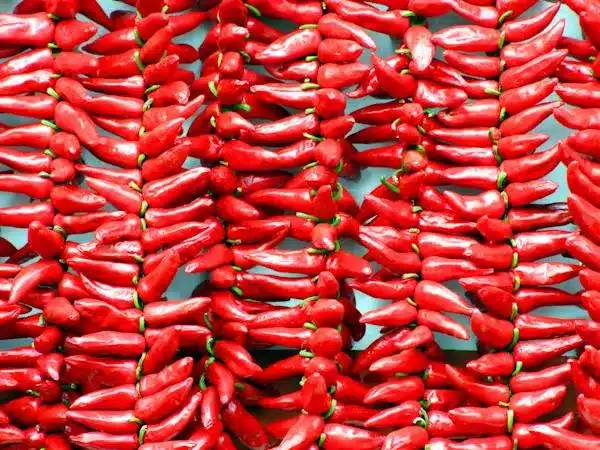
Before embarking on the solution preparation, don protective gear such as gloves, a mask, and eye protection. These precautions shield you from potential irritants and ensure a safe handling experience. Once properly attired, blend the ingredients to form The insect-repelling mixture.
7. Sticky Traps
Sticky traps, typically yellow or blue, are an uncomplicated yet efficient way to attract and capture flying insects, such as aphids and moths. Positioning these traps in and around your rose garden is a straightforward process.
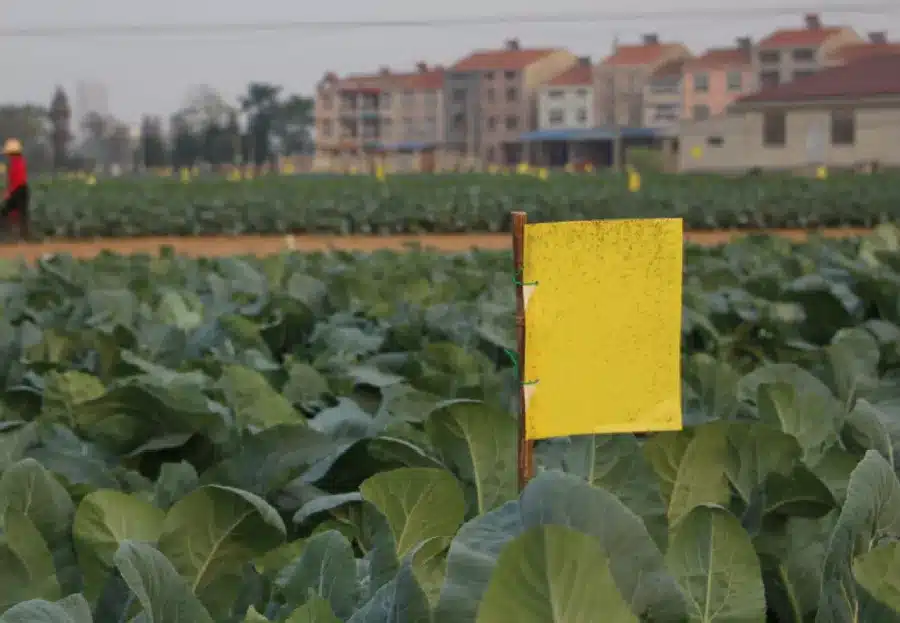
Observing the types and numbers of insects caught on these traps also allows for monitoring and identifying the prevalent pests in your garden, thereby facilitating more targeted and effective pest management strategies.
8. Companion Planting
Engaging in companion planting by incorporating plants like lavender and marigolds, which naturally repel pests or attract beneficial insects, can offer added protection for your roses. These plants not only enhance the aesthetic appeal of your garden but also create an additional line of defense against pests, keeping them at a distance from your roses.
9. Maintain Pest Control Schedule
Don’t wait until you see insects in your garden before you act. Even before the infestation, you should always be on guard by doing regular inspections and rose pest control measures. Prune leaves and stems with signs of disease and get rid of any cuttings that may become a breeding ground for insects.
Whether you’re dealing with aphids, mites, or other garden pests, these homemade solutions can be eco-friendly and cost-effective. Regularly applying the mixture can help safeguard your plants without resorting to harsh chemicals. Remember to reapply as needed and enjoy a thriving garden while focusing on safety.
Conclusion
Insect infestation is not the end of your rose garden as long as you know what pests you are dealing with and what methods to use. So, it is essential to know the different strategies you can utilize to address pest problems without affecting the beneficial insects in your garden. Combining multiple techniques may be necessary, especially in areas with diverse pest challenges. Keep your rose garden thriving with informed and eco-friendly approaches.

